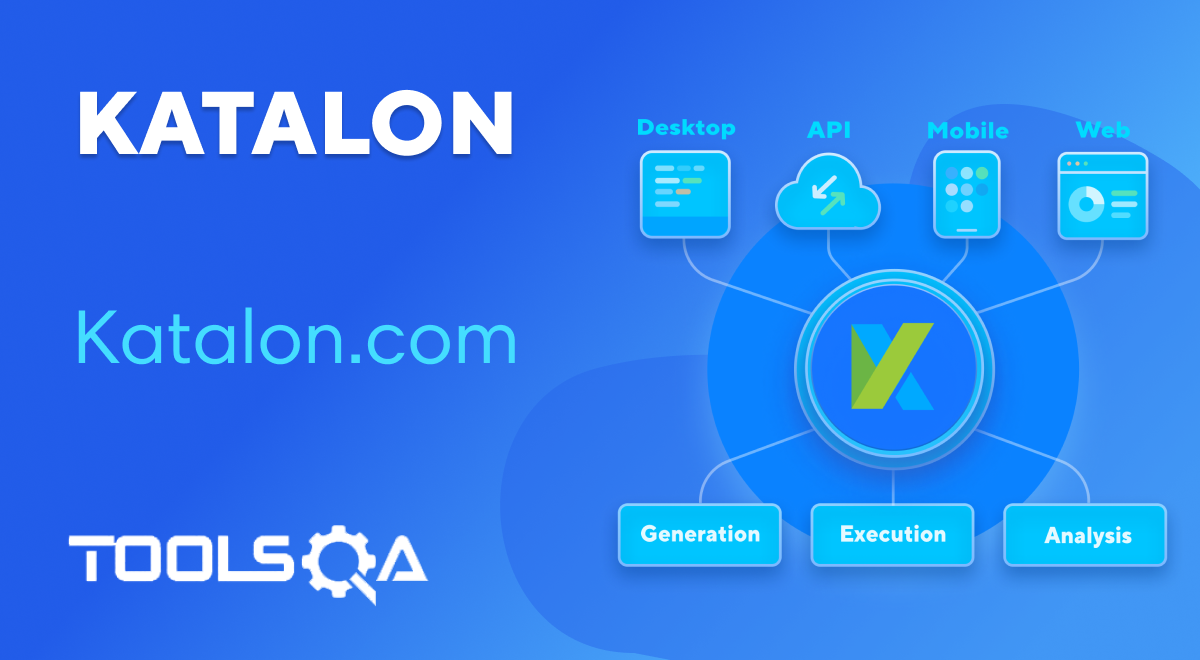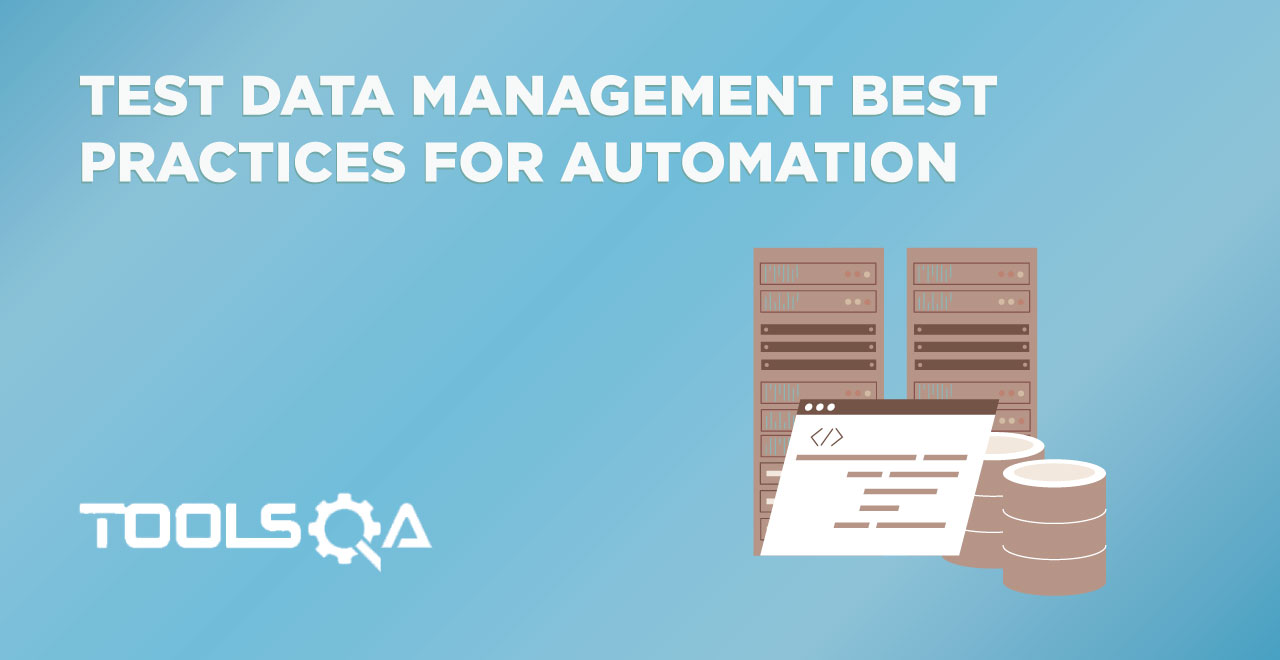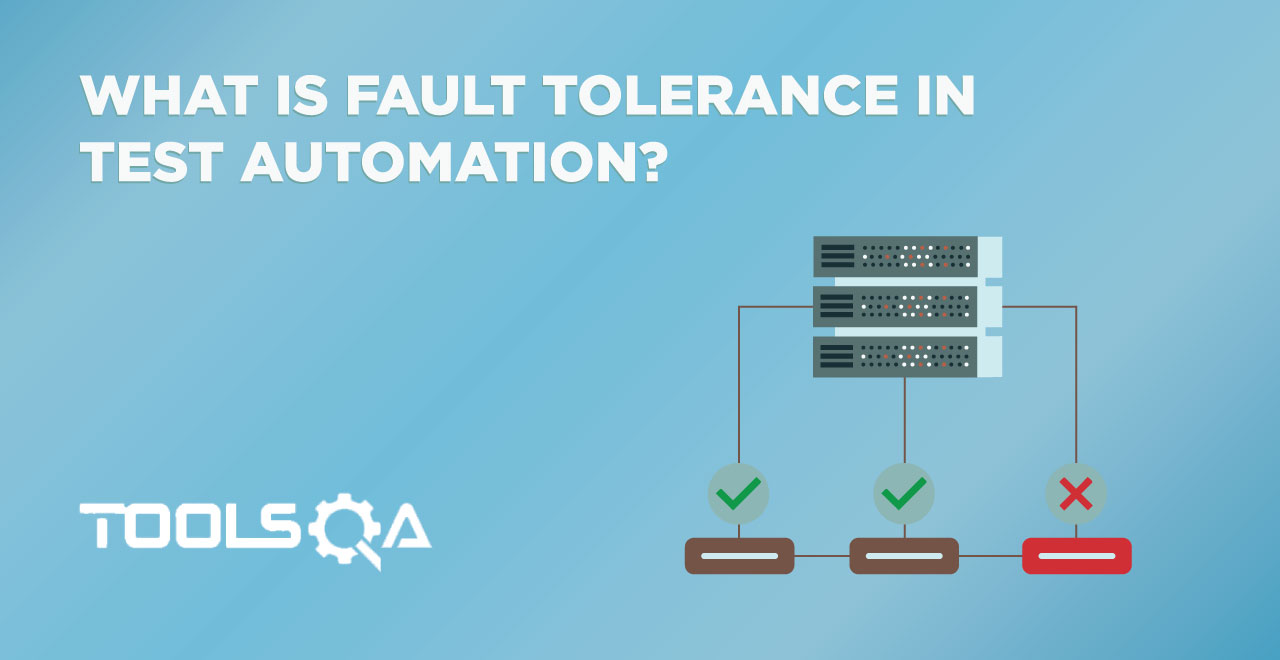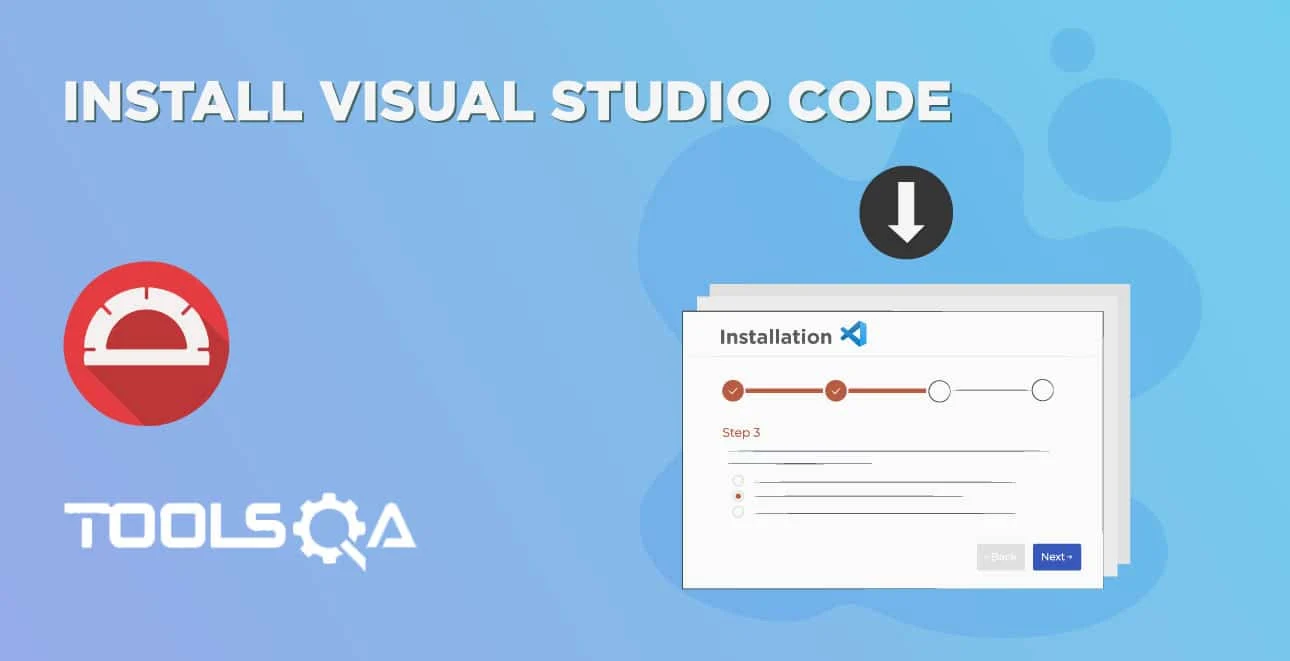In today’s competitive market, meeting customers’ expectations and demands is the key for your organization to become the market leader among the competition. That is why more and more companies are now moving towards shift left testing and applying it to their product development processes.
In this article, we’ll walk you through the basic tenets of shift-left testing from a beginner’s perspective, plus the best practices to help you efficiently execute this testing into your product development cycle.
What is Shift Left Testing?
Shift-left testing is a methodology that we see mostly in software testing practices. However, its definition and functionalities confused many people.
On the surface, this testing is usually defined as “test early and test often,” — but this is not an entirely accurate definition. It is only the first half of the maxim “test early and test often.”
Put merely, shift-left testing is an approach that helps to perform testing earlier in the product’s life cycle. In other words, as the name suggests, shift-left fundamentally/ basically shifts the testing phase to the left of the development process.
Unlike the traditional testing approach where testing happens at the end of the development process, the idea of this type of testing is to involve the testing teams earlier in the process and think about testing at all stages. So, instead of dealing with a whole load of bugs and critical issues post-development, it allows teams to prevent defects and mitigate risks as early as possible.

Why Shift-left Testing Matters?
This approach should concern you as well as your organization as it emphasizes the test-early principle. It is a crucial determinant of reducing both costs and risks, increasing efficiency and quality, and gaining a competitive edge for your product. By adopting this type of testing, companies can enable rapid and constant releases while remaining high-quality customer experience.
Additionally, with shift-left testing practices in place, the product team is now incorporate testing early in their pipeline, thus advancing faster, seamlessly improving, and winning over the competition in the market.
Advantages of the Shift-left Approach
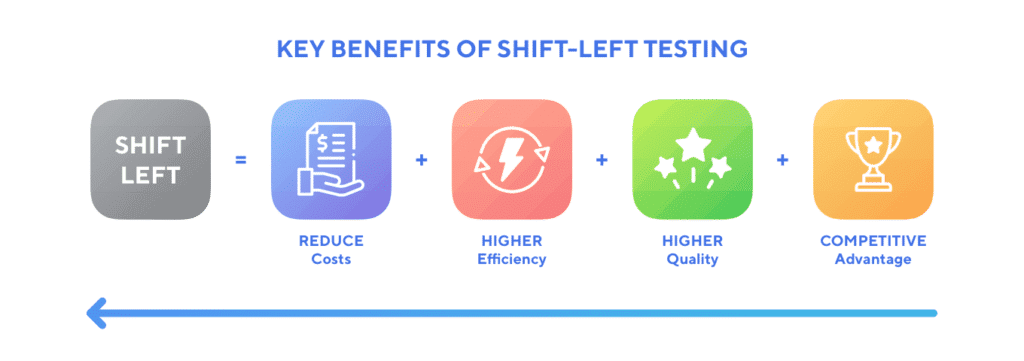
There are the following advantages of this testing:
- Test early, test often: By involving testers sooner, developers will catch problems more first in the development process, generating more time to correct found issues and preventing compound errors. Since defects and errors are an early discovery, we waste less effort in working with a flawed implementation.
- Testing continuously: Testing continuously repeatedly with a shorter feedback loop will help avoid resolving defects in the end.
- Faster time to market: By adopting shift-left testing, companies can opt for an all-inclusive approach for their development. It, in turn, will lead to a quicker time to market.
- Lower development costs and better software quality: This testing allows the development teams to detect and fix bugs faster, which over time, means lower development costs and better software quality.
- Better ROI: By addressing issues at the point of origin, one achieves better ROI.
Importance of Test Automation in Shift-left Approach
Test Automation and Shift-left testing are a great combination for meeting the demand to deliver software products in a much shorter time effectively. By utilizing test automation, testers and developers can automate testing across all stages and processes of the systems development life cycle (SDLC) such as development, production, test, deployment, etc. Here the focus should be showing the testing pyramid and what all testing can happen in different.
Best Practices in an Agile Environment
- Integration: Integrating testing into all development and project management processes will save the team’s time and effort to complete the testing cycle and prevent duplication of tasks significantly.
- Adopt more test automation: While automation is not a requirement of shift-left testing, it does assist the process run must faster, boost continuous delivery, and drive more confidence in each release.
- Create test cases: It is recommendable to create test cases that broadly cover either functional processes or operation patterns to reduce the total number of test cases to create in the future and also speed up the SDLC.
- Continuous feedback mechanism: Setting up a constant feedback mechanism will help testers to give feedback to developers consistently, and as such, the chances of errors will reduce.
- Specifying quality standards: Having a clear view of quality and non-negotiable areas will help testers to apply the right spin, key, and rigor to the code - whether it is done early or later in the pipeline. You can find more information about how to apply Shift Left Testing to Continuous Testing here.
Conclusion
After all, the idea behind shift-left testing is to adopt and apply critical testing practices earlier in the development lifecycle. While shift-left testing might sound like the perfect approach to assist you in the testing process before rolling out new products, it can also be very challenging. Ensure that you are aware of the barriers to this type of testing, or you will find yourself headed for disasters.

